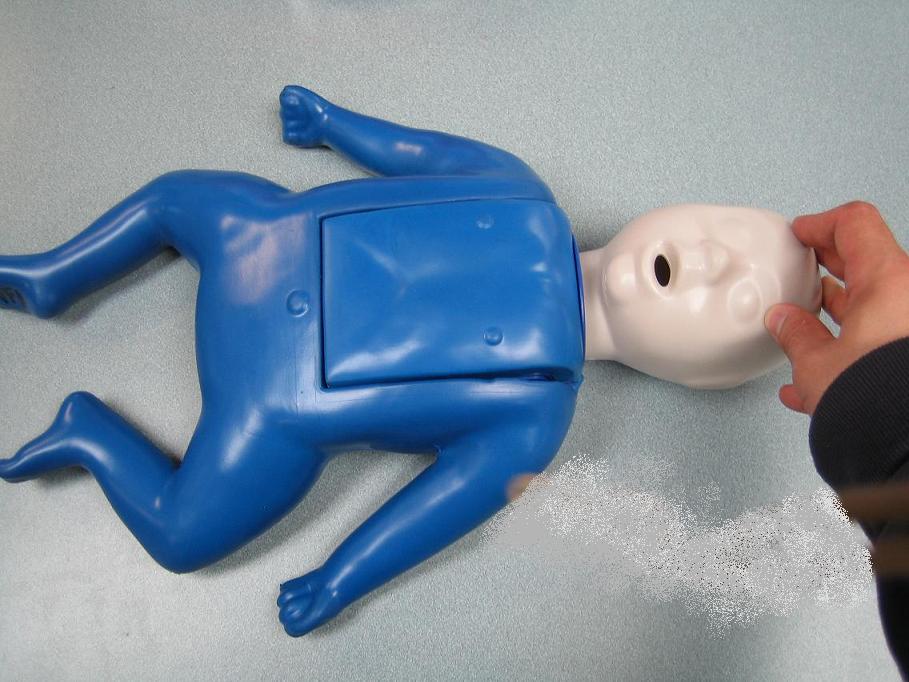https://www.youtube.com/watch?v=iQNjHyygjtI
Parents of infants face many challenges and problems along the way. Parents need some adjustment for the unique characteristics of their child, especially for those first time parents. Some parental concerns and problems are not recognized to be part of the normal infant health development. Thus, parents may need reassurance and answers to their questions regarding infant care.
Constipation in infants
Most infants have a normal pushing movement which is often misinterpreted by parents as constipation. It is normal for infants that their faces turn red when defecating. Constipation usually occurs frequently in infants who are formula-fed than those who are breast-fed.
- Increase fluid intake of the infant.
- Give apple juice (3 or 4 ounces) or prune juice (0.5 to 1 ounce daily) temporarily.
- Serve foods with high fiber, such as fruits and vegetables.
- If constipation is not relieved after one week, it is best to see a primary care physician for further evaluation of the child for possible anal fissure, tight anal sphincter, Hirschprung’s disease, or congenital hypothyroidism.
Colic in infants

Colic is paroxysmal abdominal pain that mostly occurs in infants under 3 months of age. This is manifested by loud cries, pulling the legs up in the abdomen, red and flushed face, clenched fists, and tense abdomen. The clear cause of colic is unknown. This is mostly associated with infant health concerns like overfeeding or swallowing too much air while feeding.
- For bottle-fed babies, hold the infant upright so that air bubbles can rise.
- Burp the infant adequately every after each feeding.
- For breastfed babies, have the mother changed her diet to less “gassy” foods.
- Feed the infants in a small, frequent pattern.
- Never place a hot water bottle on the infant’s abdomen.
- Change formula bottles to a type with disposable bags that collapse as the baby sucks.
Diaper rash in infants
- Change the diaper frequently, especially after defecating. Do not leave soaked diapers too long.
- Apply ointment as prescribed and expose the diaper area to air.
- When the entire diaper area is red and irritated, change the brand of the diaper or washing solution (if home-washed diaper is used).
- Bring the infant to the physician for red pinpoint lesions, with or without oozing, and lasts longer than 3 days for potential infection.
Miliaria in infants
Miliaria usually occurs in warm weathers especially when the infant is overdressed or allowed to stay in a heated room. It manifests as prickly heat rash that can cause significant discomfort to a child.
- Bath infant twice a day, especially during hot weathers. A small amount of baking soda may be added to the bath water to improve the rash.
- Reduce the infant’s amount of clothing or dress the infant with thin fabric.
- Bring the infant in a lower room temperature.
Choking in infants
If an infant cannot cry, shows difficulty of breathing, and bluish lips and face, immediately suspect choking.
- Held the infant chest down on your thigh. Support the head.
- Give the infant five back blows by striking his back firmly but not hard enough with the heel of your hand.
- Turn the infant facing the rescuer and check mouth of any visible object.
- If the object is visible, finger sweep the object.
- If choking persists, do five chest thrusts with the infant lying down.
- Bring the infant to the nearest hospital if the obstruction is not yet cleared to get immediate treatment.
Reference:
Baby Center. Infant First Aid for Choking. Retrieved on June 26, 214 from http://www.babycenter.com/0_infant-first-aid-for-choking-and-cpr-an-illustrated-guide_9298.bc

